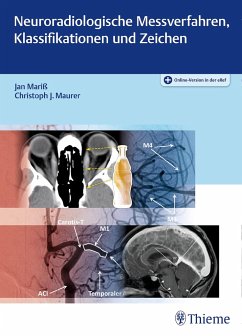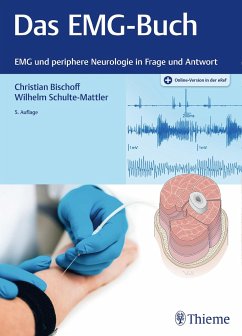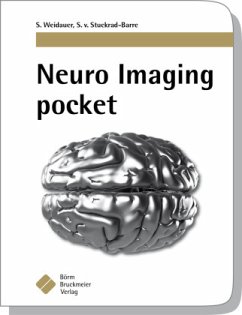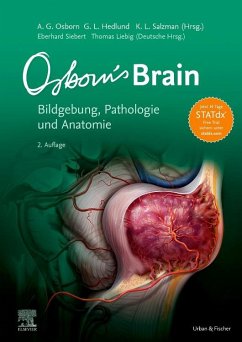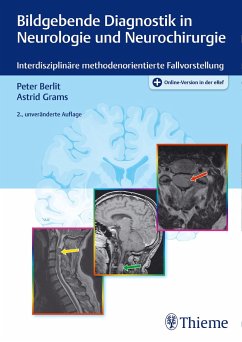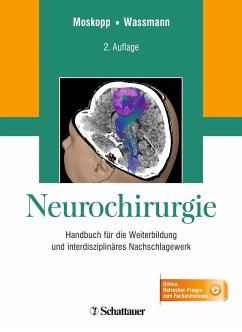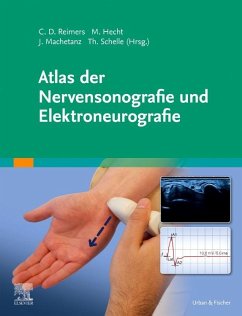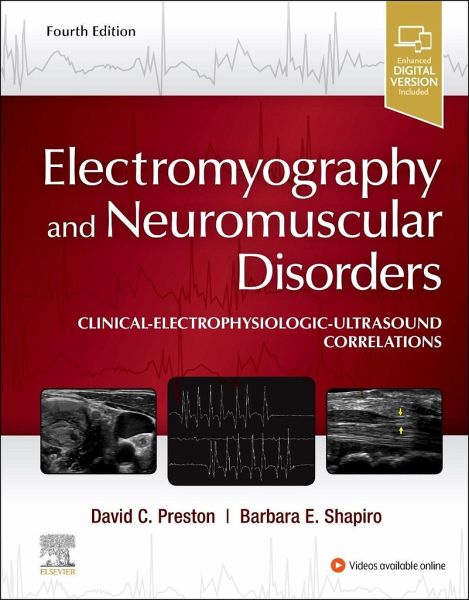
Electromyography and Neuromuscular Disorders
Clinical-Electrophysiologic-Ultrasound Correlations

PAYBACK Punkte
71 °P sammeln!
Successfully correlate electrodiagnostic findings and neuromuscular ultrasound with key clinical findings with Electromyography and Neuromuscular Disorders, 4th Edition. This popular text is the go-to resource for clinicians at all levels of experience who have an interest in neuromuscular medicine, including those studying for the AANEM board exam. An easy-to-read writing style, abundant case studies, and learning features online help you master the electrodiagnostic evaluation and improve safety and accuracy.




